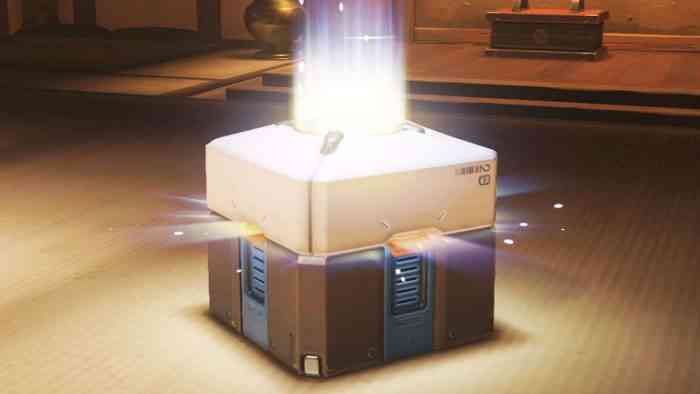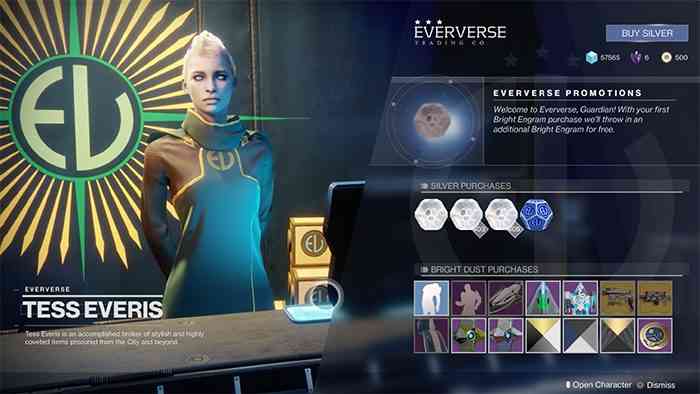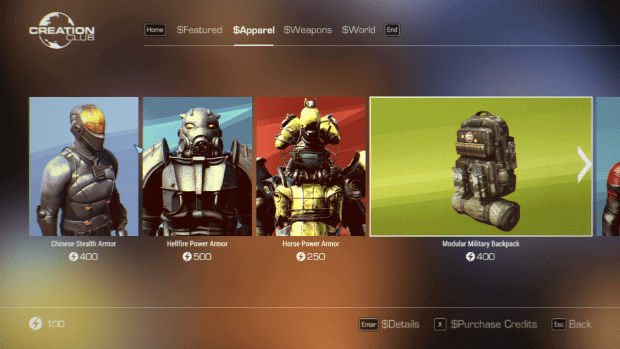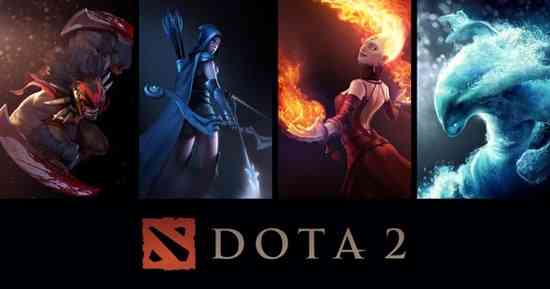If They’re Here to Stay, It Has to Be Our Way
Microtransactions are not inherently bad. Can they still be misapplied? Absolutely. Their implementation has become a recurring and contentious subject in the gaming community. So, how did they become so ingrained in AAA games? Easy. Rising development costs and the success of mobile gaming launched them into relevance. Some triple-A games; however, forget how to disassociate from the free-to-play tags. Since loot boxes are here to stay (sorry folks they are a bitter pill you all have to swallow), the best we can do is have microtransactions that are not anti-consumer.

Let’s look at free-to-play versus AAA games. The former doesn’t have to justify microtransactions while the latter MUST. No exceptions. Publishers and developers don’t tell consumers everything they’re getting upfront. Of course, that was never necessary. We used to buy games without compromises. Good or bad, the content was what it was. Now, we’re left to second-guess if there’s enough content since DLC, season passes, and loot boxes are advertised on day one. Therefore, transparency is more imperative than ever. But it goes beyond that.
There’s a Right Way and a Bad Way to Implement Triple-A Microtransactions
The right way will keep players engaged and extend a game’s lifespan. The wrong way leads to what I call, “Day One” titles (we’ll get to this later).
Most awful microtransactions rely on RNG (Random Number Generator). You have loot boxes, chests, crates, etc. all of which deliver random items in a manner the ESRB likens to trading card games. Except, I’m not paying $60 for a TCG.

The only way to justify AAA RNG is by making the rewards strictly cosmetic. And when it comes to multiplayer titles, performance: attributes, gear, and so forth shouldn’t rely on a damn dice roll. Appeal to taste – implement cosmetics without desaturating everything else. Skins, gear, victory poses—what have you, they shouldn’t look terrible just because we don’t spend more (looking at you, Destiny 2).
And for the love of Talos, microtransactions should never be linked to progression. People accuse Monolith’s Middle-Earth: Shadow of War of doing this, but I disagree. The end-game content is simply slow unless players pay for chests that offer shortcuts. Games get grindy; that’s nothing new. Sure, Monolith’s story has been criticized and obtaining the “true ending” seems tedious, but that’s just terrible story pacing on the studio’s part. If we link microtransactions to every game flaw, crying “wolf” in the process, publishers will continue implementing them without actually fixing their games.
Make no mistake; however, the single-player game that relies on microtransactions is broken. If my story mode requires several hours to earn something so simple as a haircut, you’ve desaturated the experience and have earned a bad score. On the other side, many devs have done a good job of reconciling campaign-based games and loot boxes by limiting loot boxes to a multiplayer portion. These titles are rarely mentioned in the microtransaction debate, probably because they’ve done a good job. Gears of War 4 comes to mind. That said, a pay-to-win format would not qualify as competitive. A ‘competitive’ game with performance-enhancing microtransactions is false advertising.

Another important point about DLC and microtransactions – Don’t overprice them. Just don’t. A recent example is Creation Club. Sorry, Bethesda, but I’m not paying 1/4th the value of Fallout 4 for 1/20th the content. While I am thirsty for more Fallout, minimalistic DLC does not appeal. And without justifying the price, the move comes off as a money grab. That’s universal.
No Game Should Require More Than One Transaction to Be Fun and Satisfying
If you’ve ever played a MOBA, you understand transparency. Being accessible at no cost, they give players the luxury to decide, “Hey, I like this game. I would spend money to play it. Since I don’t have to spend money to play, I’ll spend the money on extra content.” No one should ever be thinking, “Hey, I spent money to play this game! Why do I have to spend more to have fun?”

Contrarily, AAA titles require a steep upfront cost. Publishers and developers, in fact, are moving in the opposite direction of transparency with the constant pre-order for (insert content) schtick.
The problem with pre-ordering for day one content is that it conveys one of two things: Either the content was part of the game and someone decided to charge extra (anti-consumer) or there’s little to no faith in the game. I’ll tell you what players think – They’re not getting a full experience after the first day. The endless pre-order priority demonstrates little faith in post-launch success. Moreover, they remind everyone that publishers just care about money. Without hard data, it’s nearly impossible to determine this effect on sales, but that’s the message the industry is promoting. But what ultimately cements post-launch failure is loot boxes or lack thereof.
Instead of extending a game’s lifespan, the bad microtransactions have led to titles that subsequently drop in active users. This is the “Day One” game I mentioned earlier.

“Day One,” for the purposes of this article, refers to a satisfying first-day experience that deteriorates with every additional day of play. The game is very fun, initially, but the excitement diminishes as more of the design comes to light. One example is For Honor. Another is Evolve. But I’ll stick to what’s recent.
Let’s face it, Ubisoft did a TON of things wrong with For Honor; but when it came to earning rewards, the grind was horrendous. To make it worse, disconnections were constant. Players lost progress toward loot boxes that would or would not deliver decent items. And to finalize the payoff, a pay-to-win system that gave anyone with money an advantage in PvP. Anyone unwilling/unable to spend money found themselves against players with superior stats, incentivizing non-buyers into quitting altogether. Considering it’s a multiplayer-focused game that cost $60, there’s your definition of broken. Thus, instead of a bustling community, enthusiasm dropped alongside the playerbase, which is why For Honor had many times more active users on day one than any subsequent day. Hence, a “Day One” game.
Click on through to PAGE 2 to view the games that do microtransactions right…